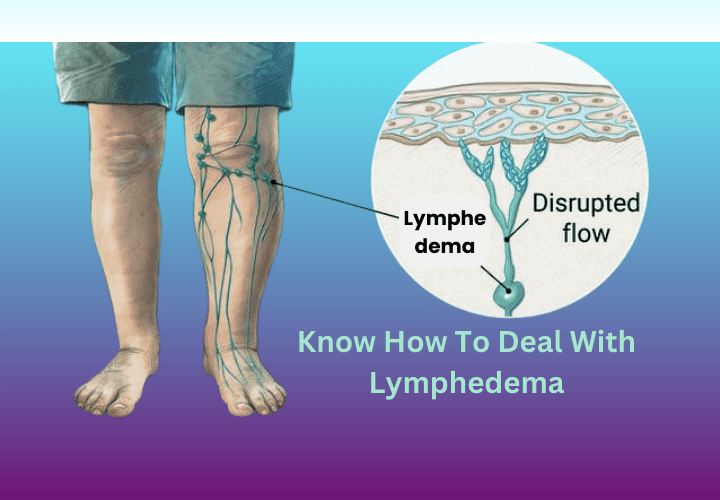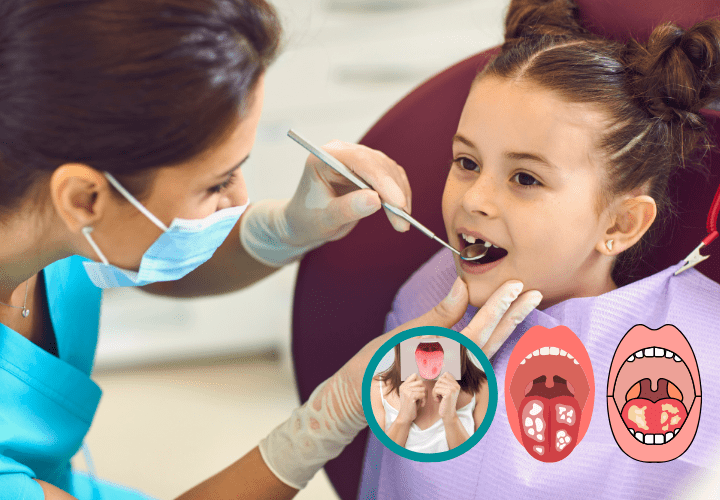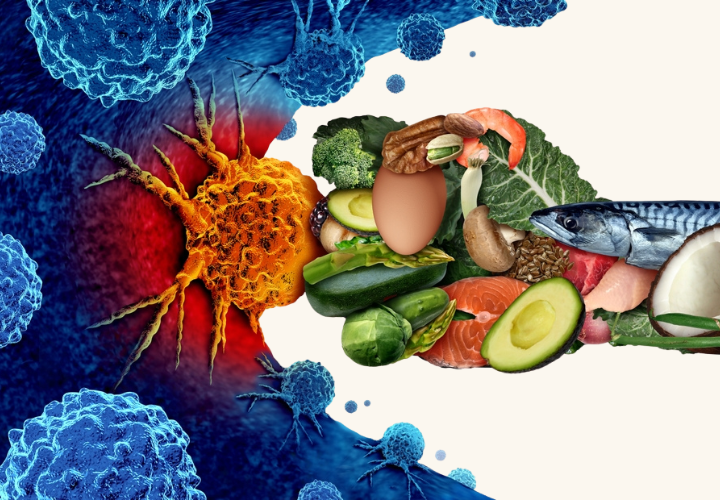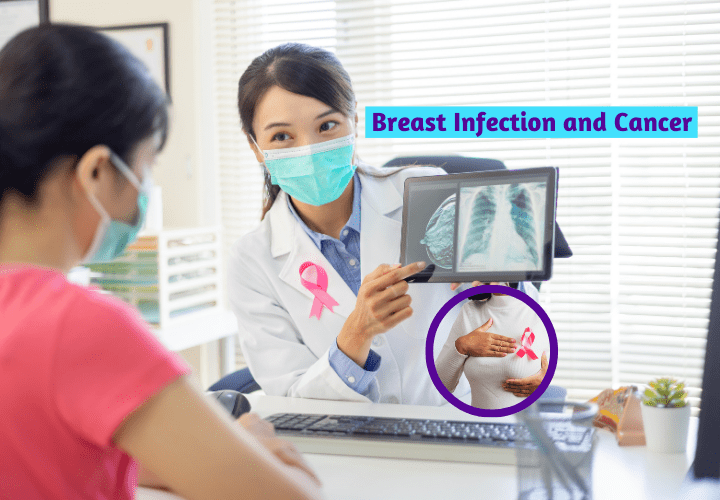Know How to Deal With Lymphedema

Know How to Deal With Lymphedema
- onco
- September 3, 2024
Have you ever found unwanted swelling in your arms and legs? This may make you wonder about the swelling. However, this kind of swelling can be caused by lymphedema, which happens when something affects our lymphatic system. Lymphedema usually affects our arms and legs but may also affect other body parts. The lymphatic system collects excess fluid, proteins and toxins from our cells and tissues and returns them to the bloodstream. It can also increase the risk of developing an infection where we have the condition. This may happen after some surgeries, or you might have specific medical or genetic conditions. It is possible for lymphedema to arise on its own, in which case its etiology is unknown. For those seeking advanced options, a cancer hospital in Delhi offers cutting-edge treatments, including immunotherapy, to address complex cases such as blood cancer. Let’s delve into this comprehensive guide to learn more about lymph and how to deal with it.
Understanding Lymphedema
Lymphedema is a condition that causes swelling in the arms, legs, and other parts of the body, including the stomach, neck, and genital area. It occurs when lymph nodes are injured or removed, causing the lymphatic system to function improperly. Lymphedema also increases your risk of developing an infection where you have this condition. This may happen after certain surgeries or due to some of your medical or genetic conditions. You may develop lymphedema spontaneously, meaning it occurs without any known cause. Lymphedema is divided into two categories:
- Primary Lymphedema – This type of lymphedema is frequently inherited and can appear at birth, during puberty, or at a later age. It happens as a result of lymphatic system deficits or abnormalities.
- Secondary Lymphedema – This type of lymphedema develops over time and is frequently linked to lymphatic system damage or disruption from radiation therapy, surgery, trauma, or infection.
Lymphedema symptoms
Early detection of lymphedema might be difficult since its symptoms can mimic those of other illnesses. Typical signs and symptoms include:
- Swelling: Although it can affect other body parts as well, this condition typically affects the arms and legs.
- Heaviness or Tightness – The affected limb may feel heavy or tight.
- Limited Movement – Swelling makes it challenging to move the afflicted limb.
- Skin Changes – With time, the skin may thicken or become fibrotic.
- Pain or Discomfort – Affected areas may feel achy or uncomfortable.
How to Diagnose Lymphedema?
For a precise diagnosis, it’s critical to speak with a healthcare provider if you think you may have lymphedema. They might employ several diagnostic techniques, such as:
- Physical examination – Evaluating physical symptoms such as edema.
- Imaging tests – To see lymph fluid flow and spot obstructions, use lymphoscintigraphy, MRIs, or ultrasounds.
- Clinical History – Talking about any recent medical history that is pertinent, such as radiation treatments or surgery.
Essential Techniques to Handle Lymphedema
There are various ways to manage lymphedema and enhance quality of life, despite the fact that there is no known cure for the illness. Here are a few crucial methods:
- Compression Therapy – One of the most effective ways to treat lymphedema is using compression therapy. It involves preventing fluid buildup and reducing swelling by wearing compression clothing, such as stockings or sleeves. Better lymphatic flow is encouraged by the pressure these garments exert on the affected area. Your medical professional can advise you on the best kind and size of compression clothing for your requirements.
- Manual Lymphatic Drainage (MLD) – MLD is a type of massage therapy that is specifically intended to encourage the passage of lymphatic fluid and lessen edema. It incorporates rhythmic, soft motions that promote improved lymphatic system performance. A licensed lymphedema therapist should execute MLD to guarantee it is carried out appropriately and safely.
- Exercise and Physical Activity – Lymphedema management requires regular physical activity. Exercise facilitates the passage of lymph fluid and helps to enhance circulation. It’s common advice to engage in low-impact exercises like cycling, walking, and swimming. Collaborating with a physical therapist or healthcare professional is critical to create an exercise program specific to your needs.
- Skincare – It’s critical for people with lymphedema to maintain proper skin cleanliness. Good skin care practices can help prevent infections and other issues. The following advice is provided:
- Maintain Hydrated and Clear Skin: To maintain health and prevent dryness of your skin, use a soft, hypoallergenic soap and moisturizer.
- Examine Your Skin Often: To rule out infection or other problems, check for any wounds, bruises, or changes in the skin’s texture.
- Prevent Accidents: Affected limbs should be shielded from burns, scrapes, and insect bites, as they can result in infection.
- Nutrition and Diet – A well-balanced diet can promote general health and possibly aid with lymphedema management. Among the dietary advice are:
- Minimize Salt Intake: Consuming less salt in your diet may help control swelling because high sodium levels can lead to fluid retention.
- Consume a Healthy Diet: To promote general health, concentrate on eating an abundance of fruits, vegetables, lean proteins, and whole grains.
- Keep Yourself Hydrated: Eating enough water aids in preserving the body’s fluid equilibrium.
- Elevate the Affected Limb – This straightforward yet efficient technique reduces edema. Try to keep the injured limb elevated above the level of the heart when you sleep or rest. This posture aids in decreasing edema and promoting fluid evacuation.
- Steer clear of Extended Heat Exposure – High temperatures might aggravate swelling. Steer clear of hot spots like saunas and hot tubs, and use caution when exposed to the sun. Choose colder settings and dress appropriately to feel comfortable.
While managing lymphedema might be complicated, you can still have a fulfilling life and effectively manage your illness with the correct assistance and tactics. The management of lymphedema involves several important factors, including compression therapy, manual lymphatic drainage, consistent exercise, good skincare, and good nutrition. Together with collaborating with a group of medical specialists, seeking assistance for the psychological effects can also enhance your general health and offer comprehensive treatment. Oncoplus provides the greatest immunotherapy in Delhi, therefore you should get in touch with us if you also require the top treatment alternatives. As a leading centre for blood cancer treatment in Delhi, we provide comprehensive care and innovative therapies tailored to each patient’s needs.





Leave a Reply